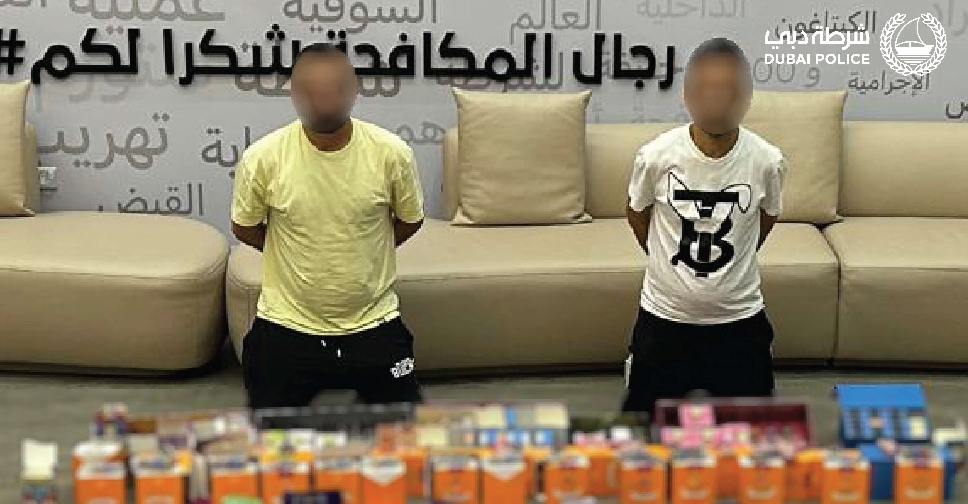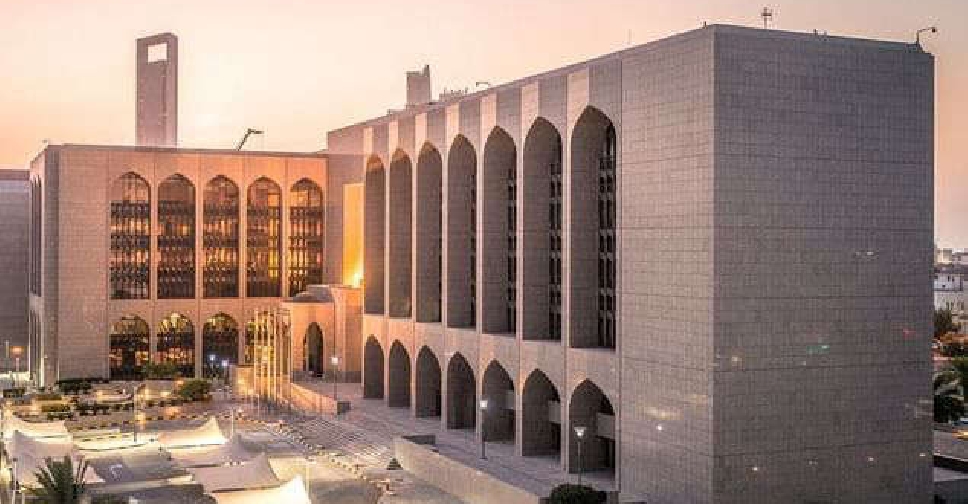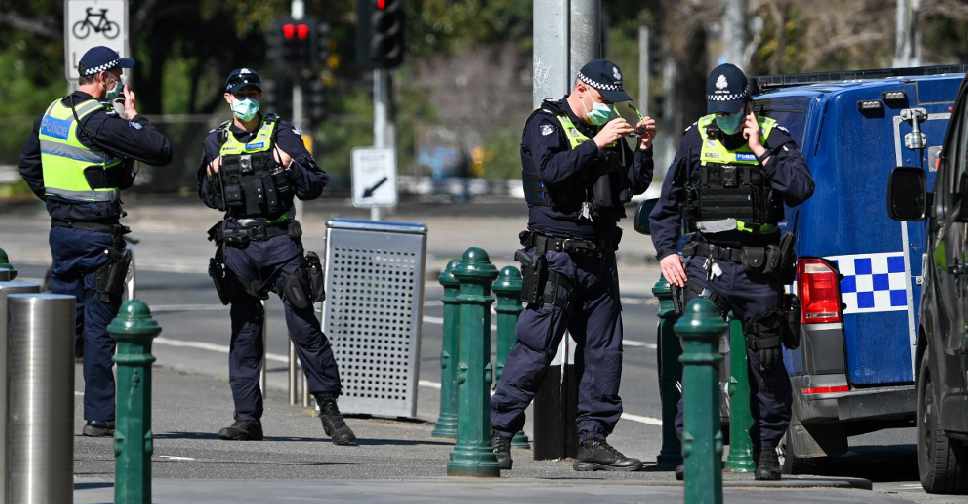
Australia's coronavirus hot spot state of Victoria on Sunday extended a hard lockdown in its capital Melbourne until September 28, as the infection rate has declined more slowly than hoped.
"We cannot open up at this time. If we were to we would lose control very quickly," State Premier Daniel Andrews told a televised media conference on Sunday.
The hard lockdown was ordered on August 2 in response to a second wave of infections, that erupted in Melbourne.
The stage 4 restrictions, which had been due to end on September 13, shut most of the economy, limited people's movements to a tight zone around their homes for one hour a day and imposed a night-time curfew.
From September 14, the rules won't be quite as tough, as the curfew will begin an hour later at 9:00 pm, and people can go outdoors for two hours instead of one, while those living alone will be allowed to have a visitor.
If the infection rate subsides as hoped by the end of September, Andrews said restrictions would be relaxed gradually over the subsequent two months, though some businesses would have to remain shut through late November.
"You've got to defeat the second wave and do it properly. Otherwise, you just begin a third wave. A third wave will mean we can't do the economic repair that people desperately want us to do," Andrews said.
The federal government has blamed the lockdown in Victoria for dragging Australia deeper into its first recession in nearly 30 years, while other states have largely reopened their economies.
"Today's announcement from the Victorian government to extend lockdown arrangements will be hard and crushing news for the people of Victoria and a further reminder of the impact and costs that result from not being able to contain outbreaks of COVID-19," Prime Minister Scott Morrison said in a statement.
The pandemic has resulted in the loss of around 500,000 jobs in Victoria, including 250,000 under the stage 4 restrictions.
After September 28, if daily infection rates have dropped to between 30 and 50 for 14 days, child care, construction sites, manufacturing plants, and warehouses, will go back to normal, allowing 101,000 workers to return to their jobs.
Schools will also partially reopen and outdoor gatherings of up to five people would be allowed.
After October 26, if daily cases have dropped below five, cafes and restaurants could reopen, mostly for outdoor service, and shops and hairdressers would reopen.
At the same time, the curfew would be lifted, with no limits on leaving home, outdoor gatherings could increase to 10 and homes would be able to have five visitors.
After November 23, cafes, bars and restaurants could have more people indoors, schools could reopen more fully, museums and other entertainment venues could reopen, and larger gatherings would be allowed.
Restrictions in regional Victoria will ease from September 14.


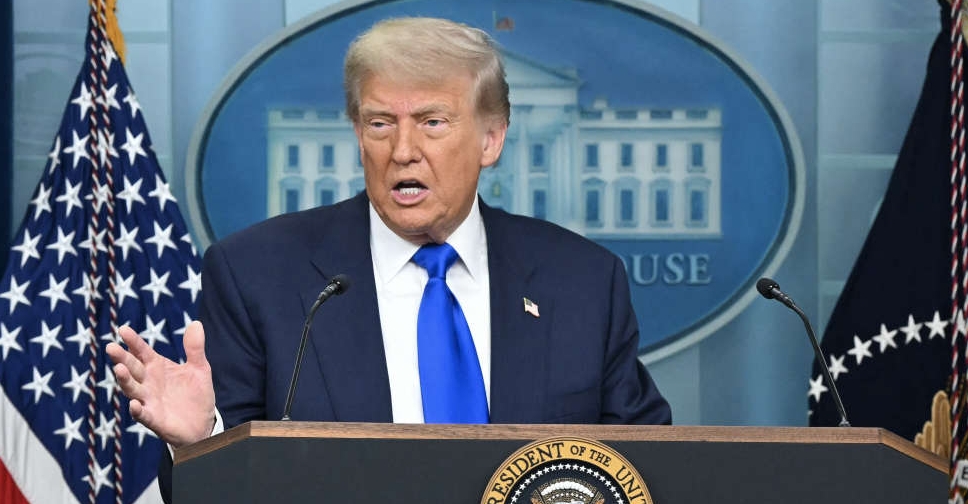 Trump urges Hamas to accept 'final proposal' for 60-day Gaza ceasefire
Trump urges Hamas to accept 'final proposal' for 60-day Gaza ceasefire
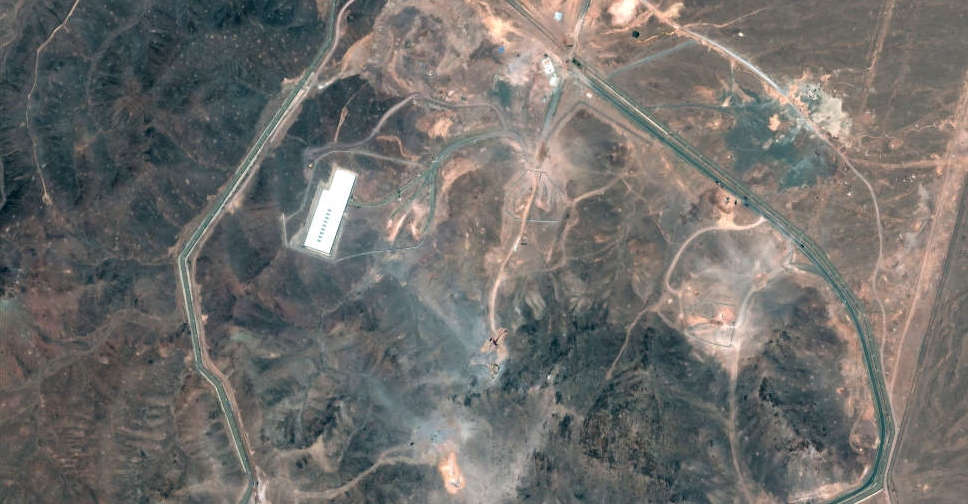 Iran enacts law suspending cooperation with UN nuclear watchdog
Iran enacts law suspending cooperation with UN nuclear watchdog
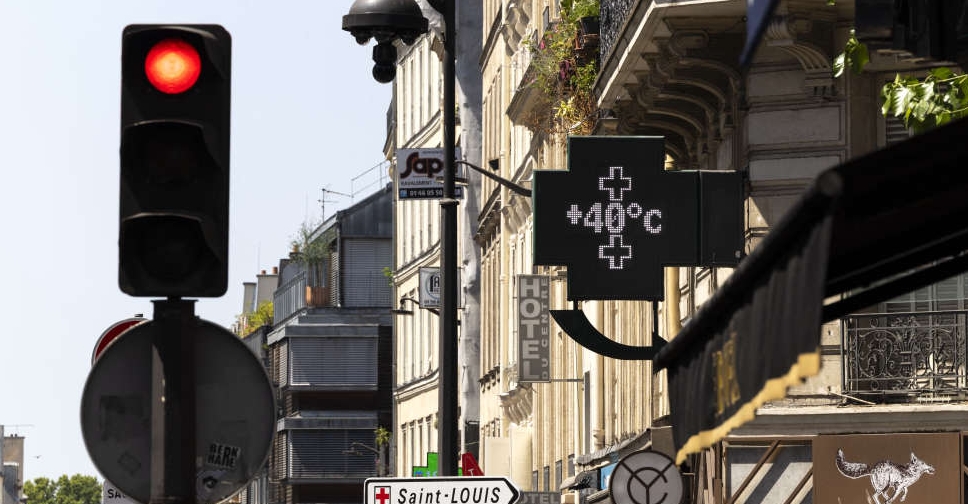 Two die in Spain wildfire, two deaths in France from European heatwave
Two die in Spain wildfire, two deaths in France from European heatwave
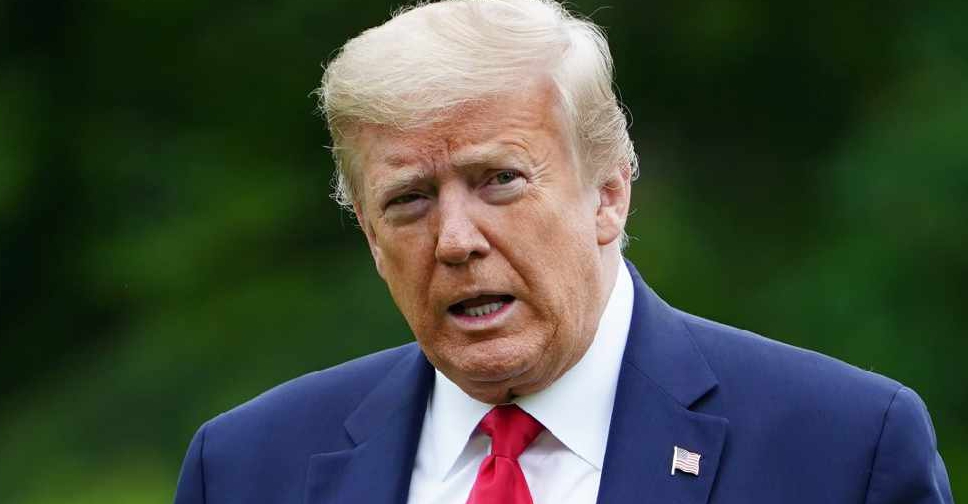 Paramount settles with Trump over '60 Minutes' interview for $16 million
Paramount settles with Trump over '60 Minutes' interview for $16 million
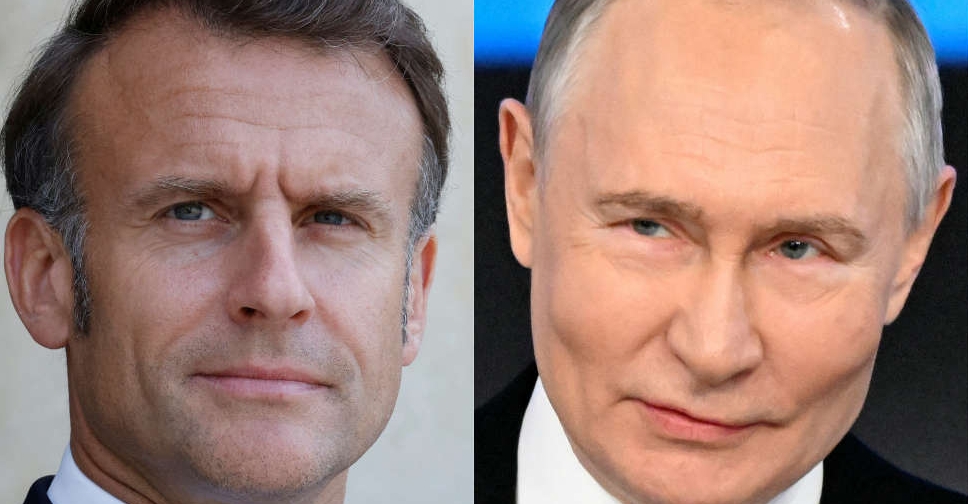 Putin, Macron discuss Iran, Ukraine in first phone call in nearly 3 years
Putin, Macron discuss Iran, Ukraine in first phone call in nearly 3 years
